Retro Replay Review
Gameplay
Sai Combat places you at the heart of traditional Japanese Sai Karate, often likened to Kendo, where you wield a hefty stick rather than relying on standard hand strikes. From the very first match, the game’s core mechanic revolves around timing and precision: every well-executed maneuver delivers points, and three solid hits are required to ascend through the ranks of Belts and Dans. This progression system instills a strong sense of accomplishment as you master increasingly complex techniques.
(HEY YOU!! We hope you enjoy! We try not to run ads. So basically, this is a very expensive hobby running this site. Please consider joining us for updates, forums, and more. Network w/ us to make some cash or friends while retro gaming, and you can win some free retro games for posting. Okay, carry on 👍)
Controls are intuitive yet deep. The left stick guides your footwork, while face buttons handle offense, defense, and special parries. Executing a powerful overhead strike feels weighty, and successfully blocking or parrying an opponent’s thrust gives a satisfying counter-attack opportunity. The balance between risk and reward is palpable—overcommit to a flashy maneuver, and you might leave yourself open, but pulling it off results in significant point bonuses.
The single-player ladder is the game’s backbone. You start as a white-belt novice and climb the ranks by besting AI opponents of gradually rising skill. Each victory not only advances you to a new belt but also unlocks new arenas and attack styles. The challenge curve is well-paced: early matches teach you basics, while later fights introduce masters who punish mistakes ruthlessly, keeping you on your toes throughout the campaign.
Beyond the standard ladder mode, Sai Combat offers local multiplayer bouts that capture the intensity of dojo showdowns. Friends can face off in split-screen or shared-screen duels, making for thrilling head-to-head matches. The emphasis on reading your opponent’s movements and landing the decisive three-hit combo translates into high-tension encounters that are as engaging as the single-player progression.
Graphics
Visually, Sai Combat strikes a balance between realism and stylized artistry. Character models are crafted with attention to anatomical detail, especially in the fluid motion of striking and blocking maneuvers. The weight of the sai stick is conveyed through subtle camera shakes and motion blur on heavy swings, enhancing the immersive feel of each impact.
Arenas range from traditional wooden dojos lit by paper lanterns to open courtyards framed by cherry blossom trees. Each environment is rendered with beautiful lighting effects that change dynamically during matches—dust motes drift in beams of sunlight, and lantern glow ripples across polished floors. These touches help the game world feel alive rather than static.
The user interface cleverly integrates the Chi meter as a stylized white dragon that shifts from green to red as your energy wanes. This visual feedback is both functional and thematic, tying into the martial arts lore while keeping you informed of your stamina in real time. Score pop-ups for advanced moves add to the spectacle, rewarding you with visual flair whenever you land a difficult strike.
Character customization options—unlockable belts, headgear, and color schemes—allow players to personalize their fighter. Though cosmetic, these features encourage further playthroughs to collect all available styles, and the variety keeps matches feeling fresh even after multiple sessions.
Story
While Sai Combat doesn’t present a sprawling narrative, it delivers a minimalist storyline focused on the journey of a martial artist seeking mastery. The opening sequence introduces your dojo’s grandmaster, who sets you on the path of Belt advancement. Each new tier comes with a brief cutscene highlighting a rival or mentor, giving context to the next challenge.
The narrative’s strength lies in its simplicity: it mirrors real-world karate progression, where the story is told through skill development rather than cutscenes. Defeating each belt-holder symbolizes personal growth, and the climax—facing the grandmaster himself—provides a satisfying payoff after hours of disciplined training and hard-fought victories.
Supplementary lore is woven into the dojo environments and post-match dialogues. NPCs comment on your fighting style and progress, offering encouragement or playful taunts. These small details flesh out the world without disrupting the flow of combat, striking a nice balance between immersion and action.
For players who crave more narrative depth, Sai Combat’s focused storytelling may feel sparse. However, for purists who value tradition and skill-based progression over cinematic exposition, the game’s approach is both authentic and engaging.
Overall Experience
Sai Combat delivers a robust blend of strategic fighting mechanics, atmospheric visuals, and authentic martial arts progression. The core loop of practicing techniques, scoring high-value hits, and climbing the Belt and Dan ladder is addictive and rewarding. Each match feels unique thanks to responsive AI and the dynamic risk-reward system.
The attention to detail—from the ornate dojo settings to the dragon-themed Chi meter—immerses you in the world of Sai Karate. Whether you’re a seasoned fighting-game enthusiast or a newcomer intrigued by Eastern martial arts, the learning curve is accessible yet deep enough to sustain long-term engagement.
Multiplayer adds considerable replay value, fostering memorable duels between friends. The game’s pacing and scoring mechanics encourage friendly competitions and rematches, making Sai Combat a strong choice for both solo and social play sessions.
In sum, Sai Combat successfully captures the spirit of traditional Sai Karate, offering an experience that is as much about mastering technique as it is about outmaneuvering your opponent. Its blend of tight gameplay, evocative graphics, and straightforward storytelling makes it a compelling purchase for anyone seeking a martial-arts-focused fighting game.
 Retro Replay Retro Replay gaming reviews, news, emulation, geek stuff and more!
Retro Replay Retro Replay gaming reviews, news, emulation, geek stuff and more!
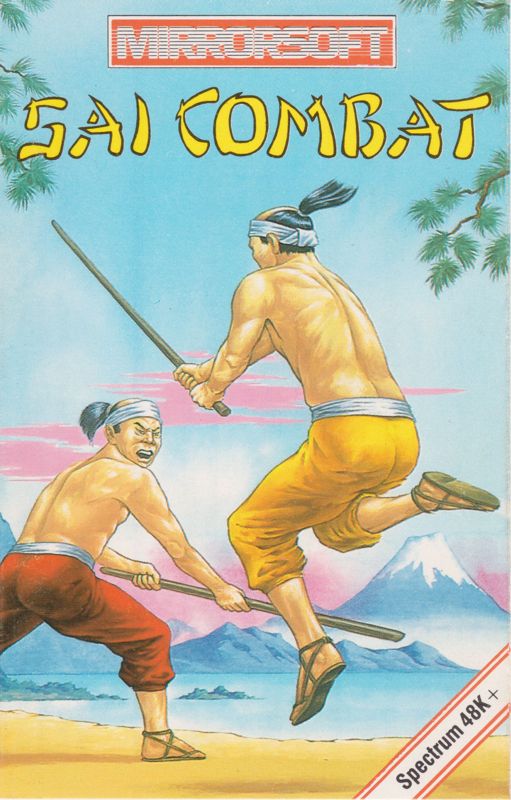
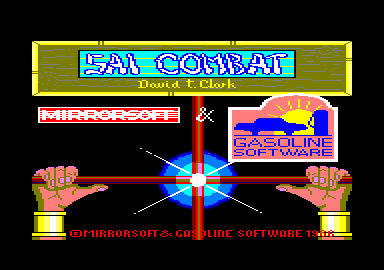
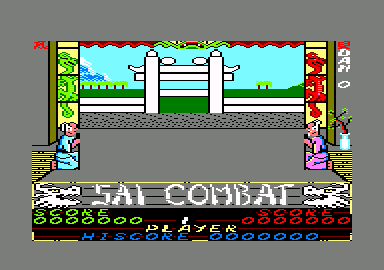
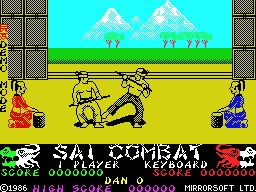
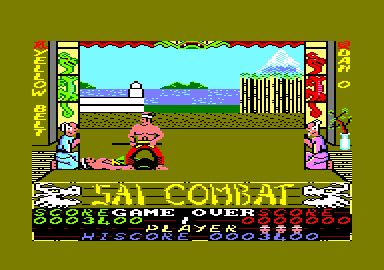
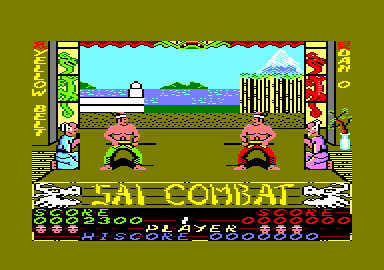



Reviews
There are no reviews yet.